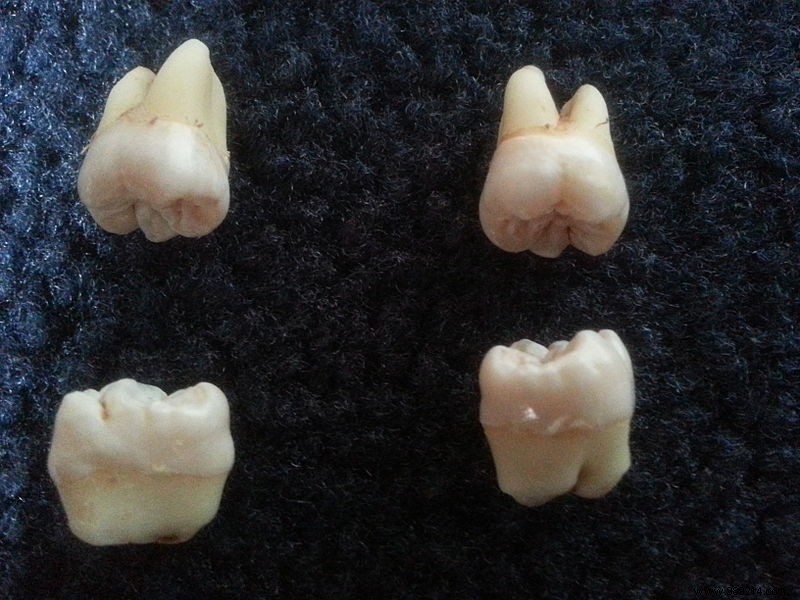According to a recent American study, the growth of wisdom teeth depends on several factors. Clearly identified in the context of this research, the factors in question are linked to biomechanism, in other words the mechanics of the biological movements of the human body.
Late growth of wisdom teeth may be based on factors involving the biomechanism . This conclusion is that of a study published in the journal Science Advances on October 6, 2021 and conducted by anthropologist Halszka Glowacka and paleontologist Gary Schwartz from Arizona State University (United States). According to the research duo, a slow lifestyle, the human skull and the muscles used for chewing are at the origin of the appearance of these large molars from the age of eighteen.
For the scientists behind the study, wisdom teeth begin to protrude the tip of their enamel when a 'mechanically safe' gap appears at jaw level. However, it turns out that the slow growth of the jaw and the much faster growth of the teeth does not allow humans to benefit from the necessary space before a certain age. This is about facial and muscular coordination giving wisdom teeth the ability to know where and when to emerge.

Researchers made 3D biomechanical models of the skull of 21 primate species. The objective was to understand this mechanism of synchronicity. However, the models generated took into account both the position of each masticatory muscle and the jaw growth period. According to the results, all of these factors synchronize and thus ensure a certain balance to allow the arrival of wisdom teeth.
"The study found that the combination of the rate of jaw growth and the length or protrusion of the jaws in adults determines when the molars will emerge. Modern humans are special among primates given our extended growth patterns and retracted faces, with short dental arches “, can we read in an official press release.
In the event that these four large molars appear earlier than expected, they can disrupt the entire chewing apparatus. Indeed, these teeth can cause quite serious damage to the jaw joint. This therefore explains why in many cases, people have no choice but to have them pulled out. For the researchers, the biomechanism of the balance between masticatory muscles and jaw growth is a kind of security, although imperfect. They also believe that this work gives new leads to paleontologists to better understand the evolution of the jawbone of our ancestors.